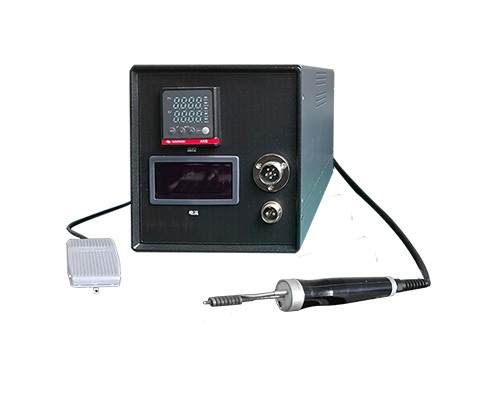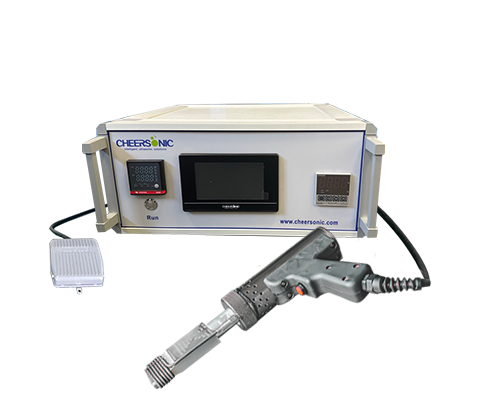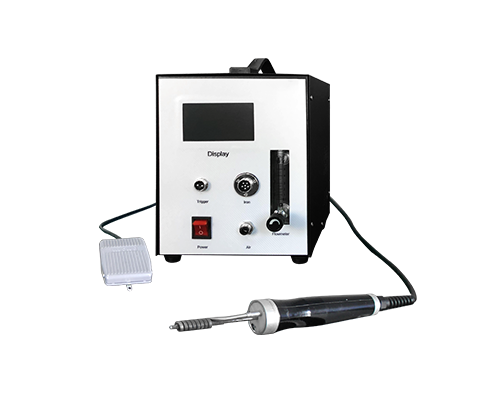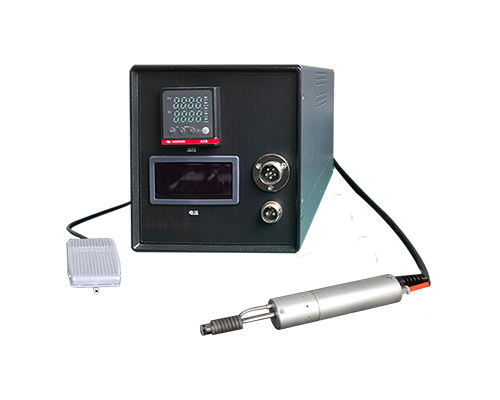In the photovoltaic industry, silver consumption is a key concern in achieving 100% renewable energy production. Current bifacial PERC+ solar cells rely on silver for the front-side contact. While aluminum metallization is used on the back side to contact the silicon, the aluminum's natural oxide layer hinders standard soldering, requiring back-side silver pads for interconnection between the cell and copper wires. This results in high silver consumption and costs.
The emergence of ultrasonic tinning technology offers a new approach to addressing this issue. It works by using cavitation to break down the aluminum oxide layer, allowing molten tin-zinc lead-free solder to form metal-to-metal contact with the aluminum, creating a solderable surface. This technology offers significant advantages. It not only completely eliminates the need for back-side silver pads, reducing silver consumption by 20%-40%, but also offers a tin-aluminum alloy with a resistivity over six times lower than that of silver-aluminum alloys, reducing contact resistance. Furthermore, it is compatible with existing standard soldering processes, eliminating the need for additional production steps.

In experiments, technicians performed ultrasonic tinning on specific areas between the silver pads on the backside aluminum busbars of PERC+ cells with different busbar layouts. Using welding equipment with a 60kHz frequency and a 12W power range, the welding head temperature was adjusted between 150°C and 400°C. Imaging tests showed that even at a maximum power of 12W and a welding head temperature of 400°C, the luminescence of the tinned areas of the cells decreased by less than 1%, causing minimal damage to the cell surface.
Mechanical adhesion tests also performed exceptionally well. While the industry standard requires a peel force of ≥1N/mm, 5BB cells achieved a median peel force of 0.1–5.0mm at a power of ≥10W and a temperature of 300–400°C. At a 12W power and a welding head speed of 250mm/s, 9BB cells achieved a median peel force of 3N/mm. Furthermore, the 9BB cells exhibited superior mechanical stability due to their optimized aluminum paste structure.
Ultrasonic tin plating technology has successfully achieved silver-free and lead-free interconnection on the back of solar cells, which not only significantly reduces silver consumption but also improves component performance, providing strong support for cost reduction and efficiency improvement in the photovoltaic industry.





